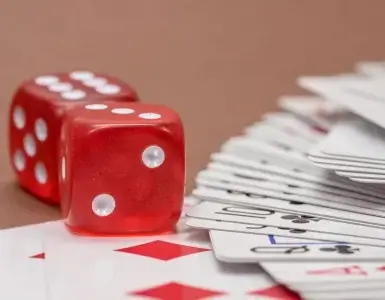Reading is perhaps the most vital skill that is required to adequately fit in a society. It is the foundation of literacy and the core of almost every activity performed in a civilized society. This is why it is one of the first skills kids are taught in school.
Reading isn’t only important for personal development; it is also crucial to social integration. Conversations are just more interesting if individual participants are literates that can read.
So how is this skill passed across to the unlearned? Well, there are basic instructional strategies that can be used to effectively teach a kid or an uneducated adult how to read.
Here are 7 important instructional strategies for reading:

-
Use of Graphic Organizers
This should be one of the fundamental strategies you apply when you want to help a kid or student learn how to read. It involves the use of visual illustrations to pass across instructions that will help improve the student’s reading capacity.
If you’re teaching a classroom of kids, it can be difficult to get everyone on the same page because each child has a unique learning capacity. Graphic organizers, however, help to tackle this challenge by representing reading instructions in a form that is widely accessible.
There are various types of graphic organizers you can use to help teach kids. It can be as basic as a Venn’s diagram or a visually alluring picture book.
-
Make Use of Reading Games
Perhaps, the best way to get across to kids is through games. Games can also be used for educative purposes, which can be seen in a vast number of fun school activities.
There are numerous ways you can turn a boring activity like reading into a fun game every kid wants to participate in. One fun game is the word hunt, where the kids hunt for a special word in a group of texts. This game doesn’t only increase their excitement; it also improves their ability to identify a word they see.
There are also other fun reading games you can try out if you’re searching for more.
-
Make Use of Technology
Technology has become integral to everything we do in the society, so it isn’t farfetched to see it used for teaching. Kids also love to play with something fancy and cool so incorporating technology into teaching isn’t a bad idea.
Cool gadgets like tablets, digital writing pads, and Kindle are tools that help to optimize the reading process and make it more engaging. It is also possible to play fun reading games on these devices.
There are websites that give you access to a variety of cool reading games kids enjoy. Examples of such sites include Roythezebra.com, Suessville.com and PBSkids.org. You can also try any of the various reading apps that are developed for kids.
-
Let the Kids Make Mistakes
As parents or teachers, it is normal to want to correct a kid that is wrongly carrying out an assigned task. This is only okay if the error being committed will have dangerous repercussions. Other than that scenario, it’s best you let the child complete the task before attempting to correct any mistake that may have been made.
Remember, kids are always prone to mistakes. It is, however, more effective to let them commit as many errors as possible so that they will value your corrections more.
-
Give Compliments and Rewards to Success
You should be as effective in giving compliments as you’re when correcting mistakes. Kids respond to compliments with more enthusiasm and this makes them more eager to learn. If you do not do this, the kids will get bored with your methods and won’t learn much.
Apart from praising the effort they put into every reading task you assign, you can also spice things up by offering rewards for success. You will be surprised how motivated the kids will become. The reward can be either candy or chocolate or even just a pat on the back. Just ensure that the kids are always enthusiastic about claiming it. This will make them work harder.
-
Word Wall
A word wall is one of the most potent instructional strategies for reading. If used appropriately, it can boost the literacy level in primary learners. It is used as a form of reference for the kids or students so that they can easily remember the words they read.
A word wall can be used as the core element for fun reading games like “I am Thinking a Word”, “Spell a Shape”, and “The Hot Seat”.
-
Let the Kids Choose their Preferred Books
This is important if you want the kids to learn how to read at a much faster rate. Allowing them to choose their preferred books is just a smart decision. Not only will you get kids that are 100% committed to learning, you will also get kids that are enjoying the learning process.
If you’re interested in knowing about writing games for middle school, then check out the link.







Add comment